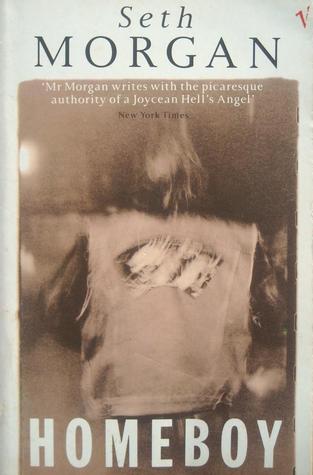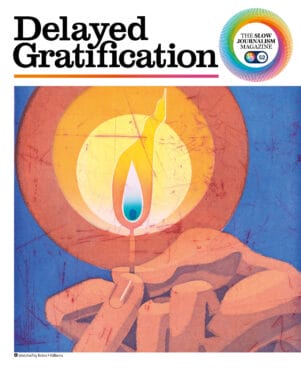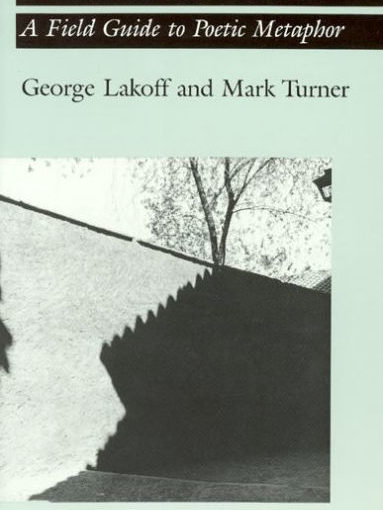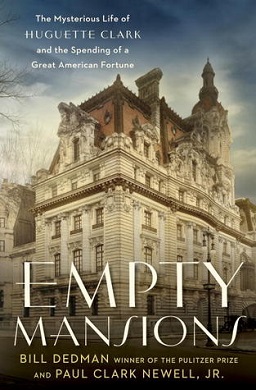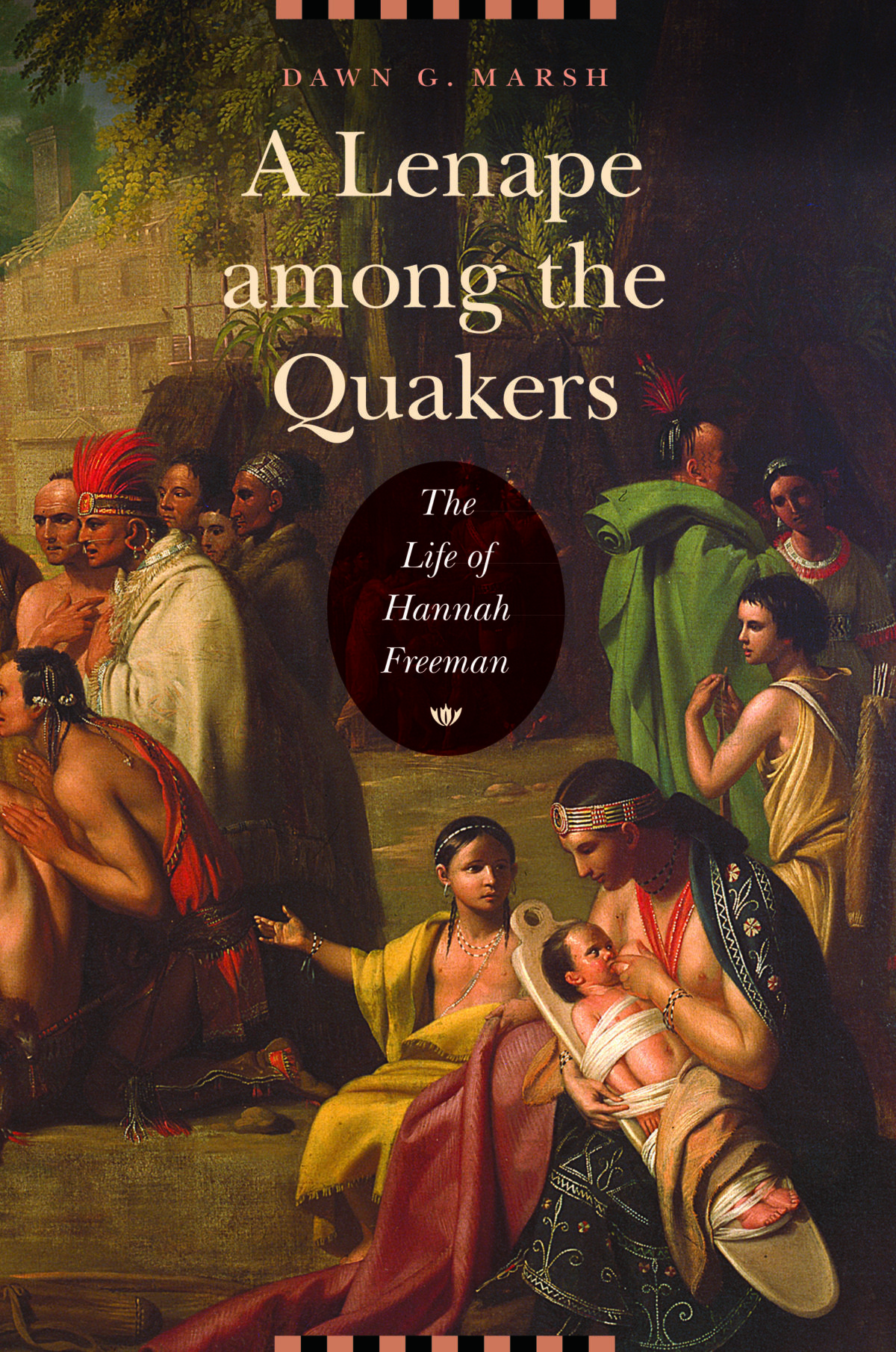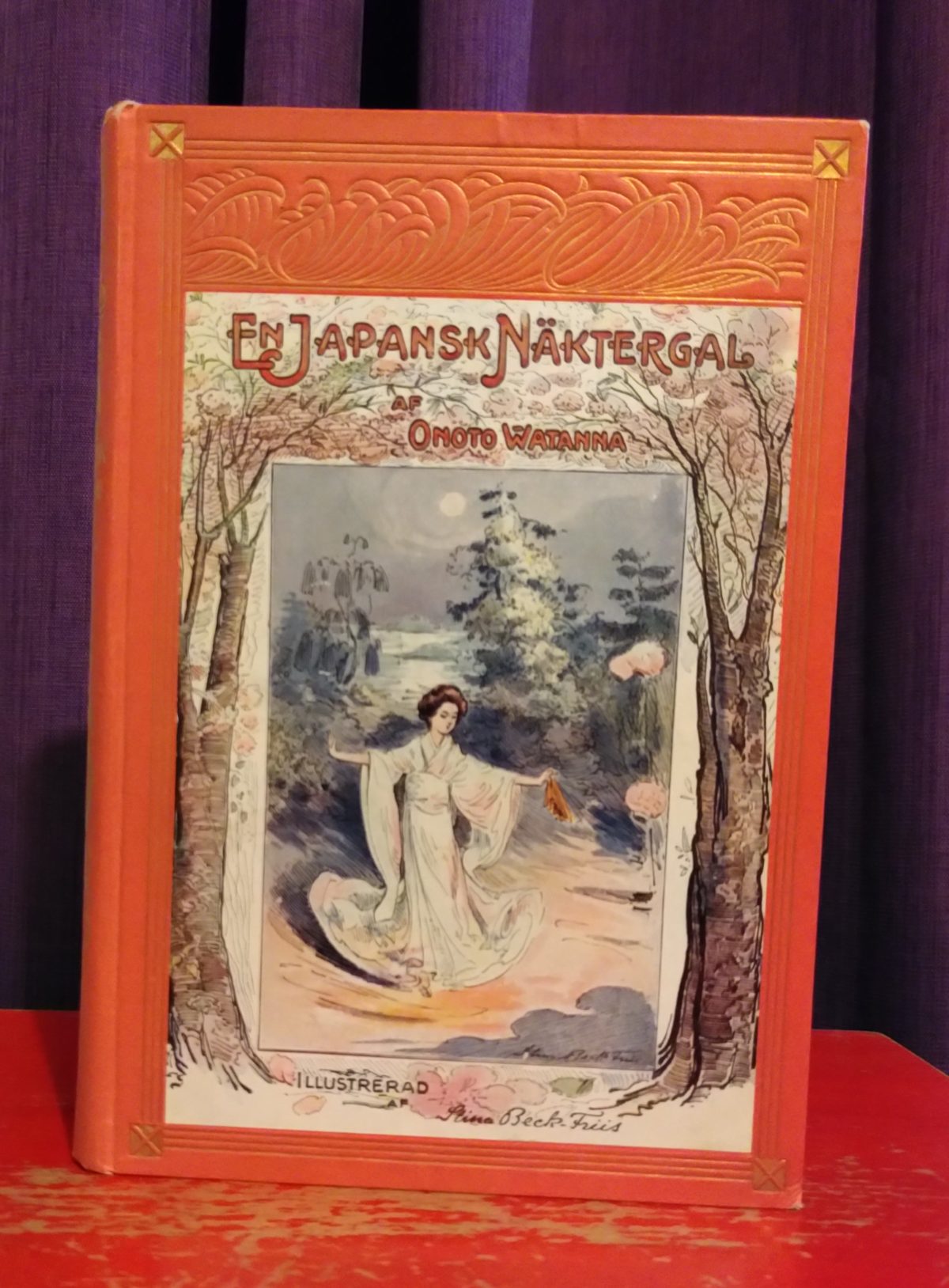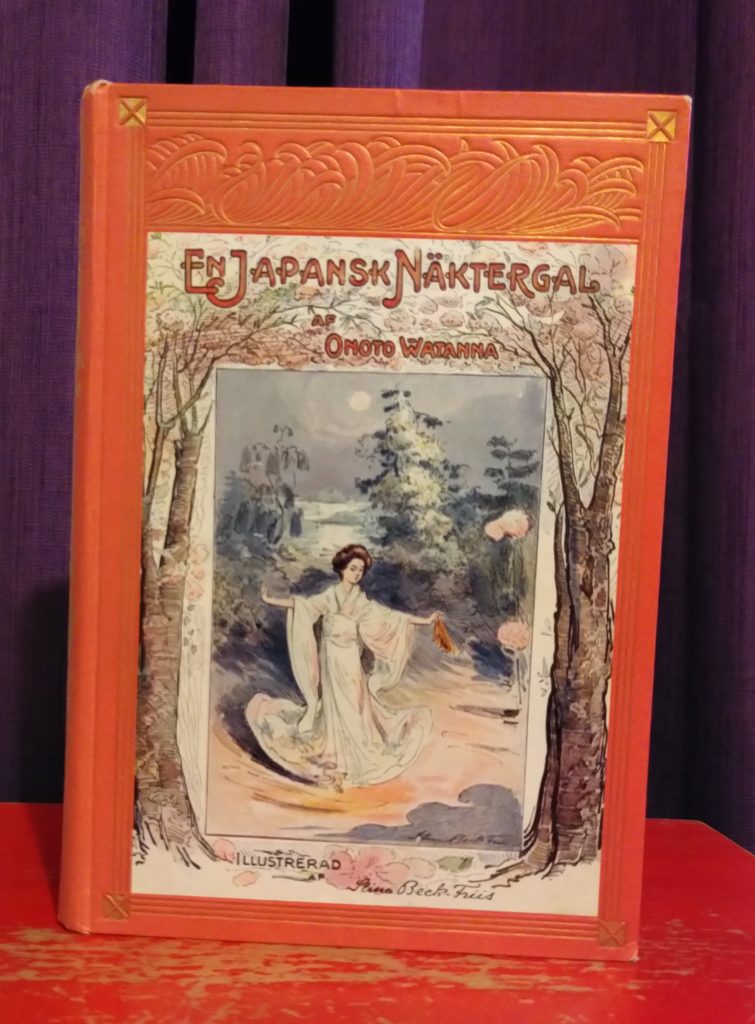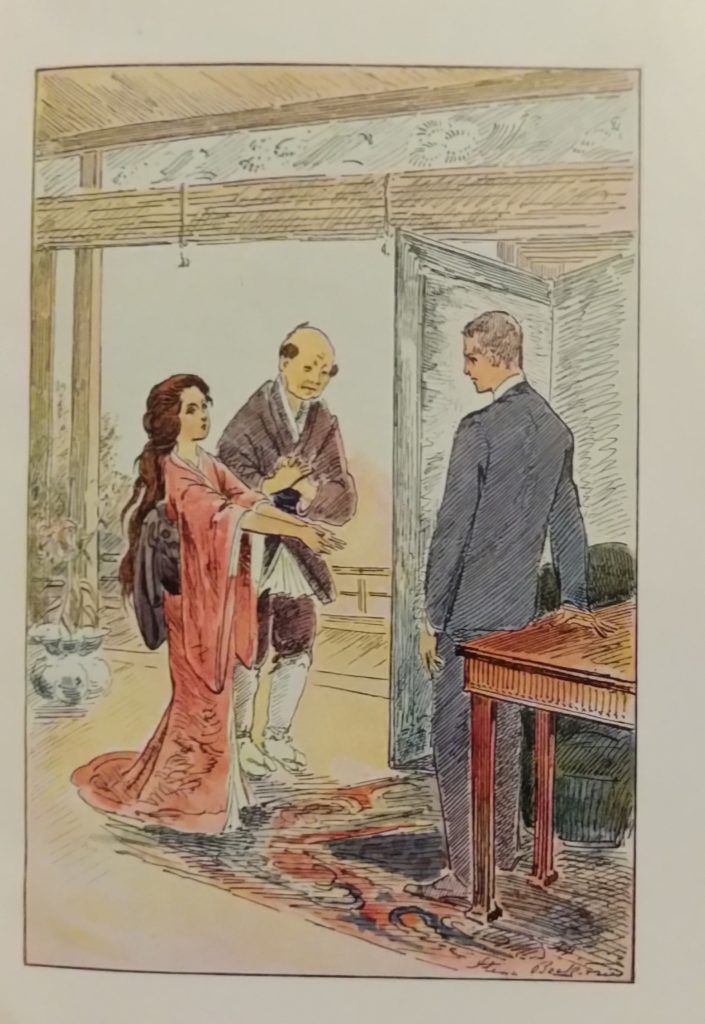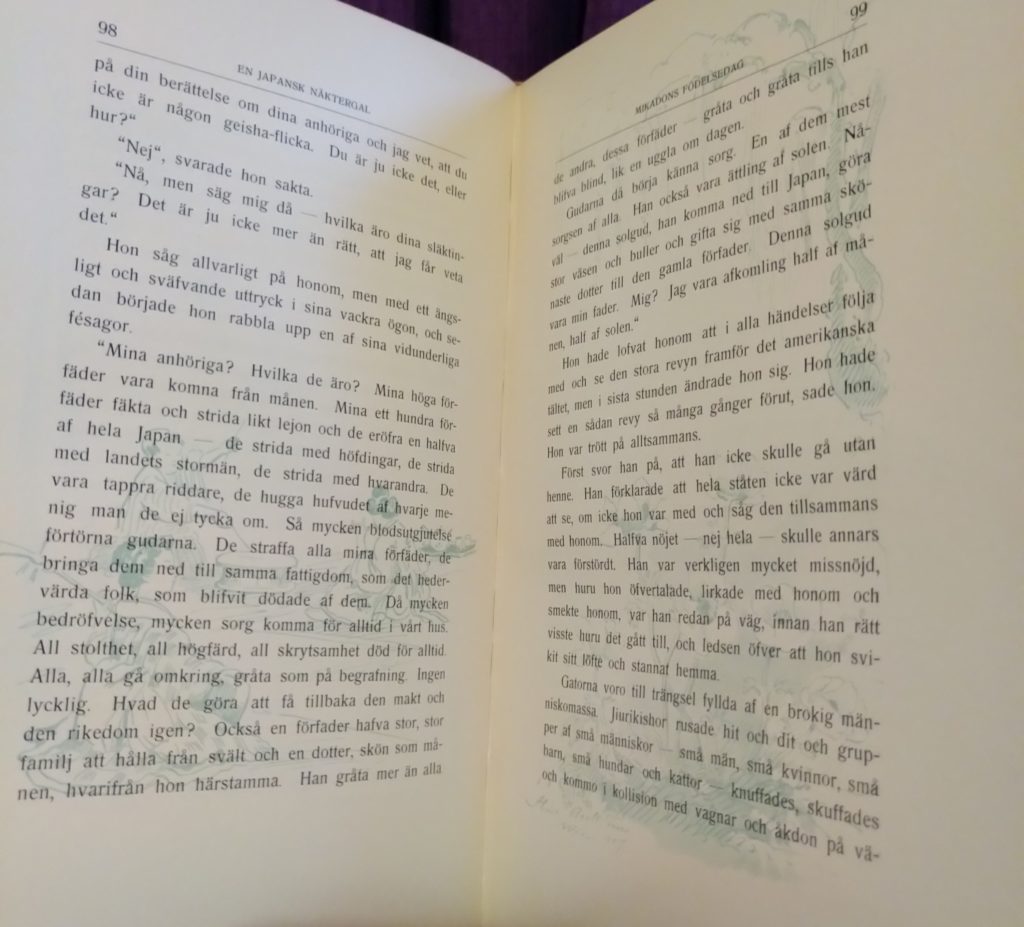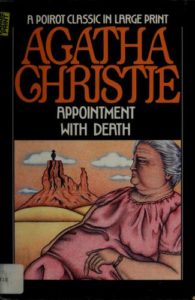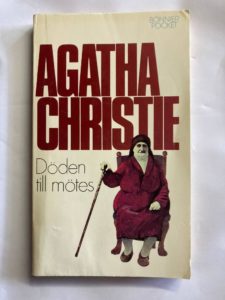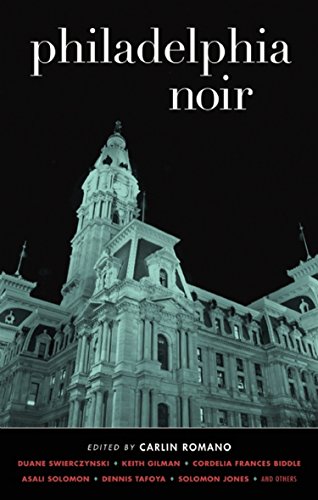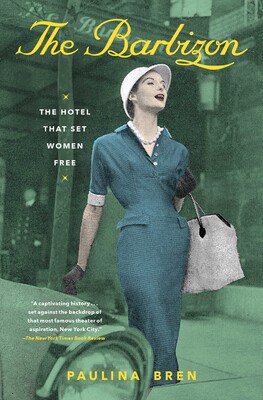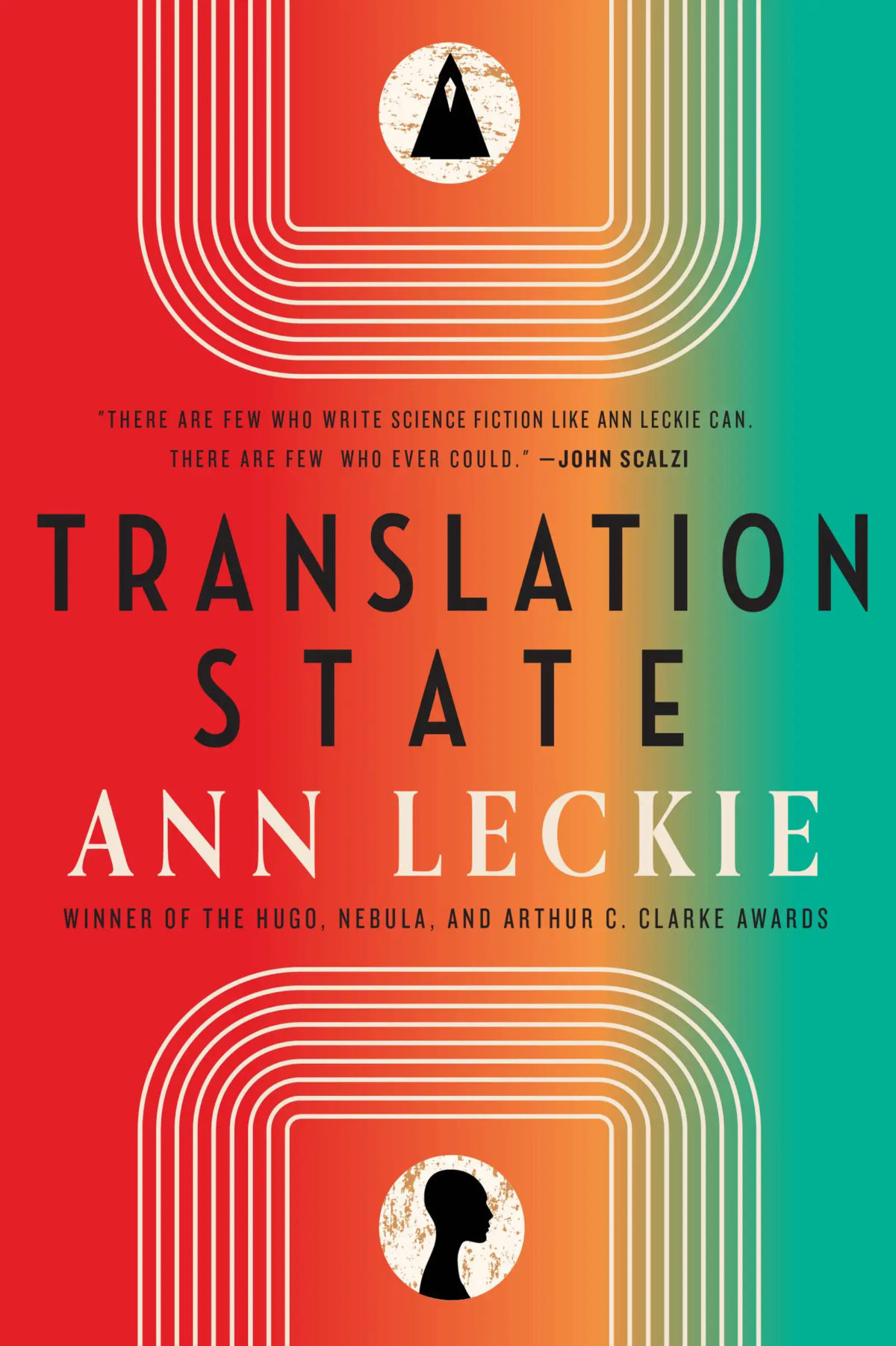I summarized my “acute TBR” a few weeks ago thusly:
the English translation of Frère d’âme, Homeboy (borrowed from a bookish friend), Händelsehorisonten and Singulariteten (ahead of another bookish acquaintance’s panel moderation with author Balsam Karam in May), and a pair of niche but mercifully brief Swedish reference books before a test in October (and ideally before a third English reference book arrives sometime next month).
Since then I have finished Frère d’âme, one of those Swedish reference books, and that third English reference book. And now Seth Morgan’s Homeboy! Will I wrap up the acute TBR before my trip to the US rolls around in May? Who knows!
This particular entry on the acute TBR was more acute than I realized at the time. By the time this post goes up, the book’s owner will be en route back to the UK, unlikely to return to Sweden again. I could have returned it to him unfinished, of course, and eventually procured my own copy. Or I could have held on to it and returned it on a future visit—a bold move on my part, but I know I would have followed through. Nothing wrong with either of those!
But Homeboy wasn’t just any recommendation—it was one that came up in a conversation about what I term “bagel books,” books that you like so much you simultaneously want to tear through them as quickly as possible and never want to keep reading because you don’t want them to be over. A bagel book is a very particular, almost hallowed kind of recommendation. Being able to spend a friend’s farewell party talking to him about one of his own bagel books was therefore an appropriate and meaningful send-off.
Personal circumstances aside, Homeboy is also an interesting work from a historical? biographical? perspective, the only novel from the man who was Janis Joplin’s fiancé at the time of her death. That’s the other reason I was keen to get into the book, even though by all accounts Morgan and Joplin had a really dysfunctional relationship. You could make an argument that Morgan was a contributing factor in her overdose, even, but that’s neither here nor there. This isn’t about my weirdly in-depth knowledge of Janis Joplin’s biography, it’s a book review!
In my farewell party extemporaneous analysis, I described Homeboy as a mash-up of Elmore Leonard and Jack Kerouac, though my friend didn’t entirely agree, so take that with a grain of salt. The plot centers around the theft of a rare diamond, the Blue Jager Moon, from pimp Baby Jewels Moses by protagonist Joe Speaker, and everyone’s subsequent attempts to recover it. Joe wants to eventually move it and get clean; Moses wants it for blackmail material over a judge on the California State Supreme Court; Officer Tarzon needs it as evidence to put Moses away and complete his own private revenge.
There’s a lot more than that going on, but reading it in summary isn’t the same thing as reading the book itself. Homeboy has an ensemble cast of street life characters who all have assorted arcs, rises and downfalls interwoven with the main Blue Jager Moon narrative. Morgan also has a knack for the right kind of details that make even one-off side characters instantly distinctive, like dealer Rigo La Barba:
Rigo La Barba slumped on the nod in the crushedvelvet front seat of his ’62 Impala lowrider at the corner of Sixth and Mission. He was called La Barba, the Beard, after his carefully groomed goatee.
Next to the highgrade chiva he dealt, La Barba was proudest of his lowrider. It had jeweled vanity mirrors attached to the sun visors, a miniature crystal chandelier in place of the dome light, a goldplated chain steering wheel, and, next to the ivory Virgin atop the minklined dash, a keyboard on which he could play “Besame Mucho,” “Don’t Cry for Me Argentina” or, more to the point, “Chinga Tu Madre,” according to his cholofied caprice. Over twentyeight handrubbed coats of topaxflake lacquer, sequined rococo script announced La Barba’s philosophy on one rear fender: Low ‘n’ Slow; and on the other he christened his chrome galleon Crystal Blue Persuasion.
Joe hits up La Barba once for some heroin and that’s it. We never meet La Barba again.
The whole thing is great fun and imbued with a surprising amount of pathos; I’m honestly surprised it hasn’t been turned into a movie yet, given the break-neck pace and the visuals, both comic and gory. Speaking of which, there is a fair amount of casual gore, and in fact a fare amount of casual just-about-everything. A good chunk of the story is set in prison, and when we’re not in prison we’re following the progress of pimps, hired goons, or sex workers, so it’s a lot. The two things worth mentioning are:
- Someone could probably write an essay on Baby Jewels Moses and anti-Semitic tropes. Is it so cartoonish and over the top that it circles back to become lampshade and subversion? Is it just Problematic? I’m not equipped to answer these questions.
- Someone could a probably write another essay on gender and sexuality in prison culture as depicted in Homeboy. The “queens” in the prison are central characters to some of the later events and fellow prisoners are mostly untroubled by their gender presentation. The AIDS epidemic also looms large in portions of the novel, with sympathetic rather than terrified undertones.
A fun, meaty book. A bagel book, even.
